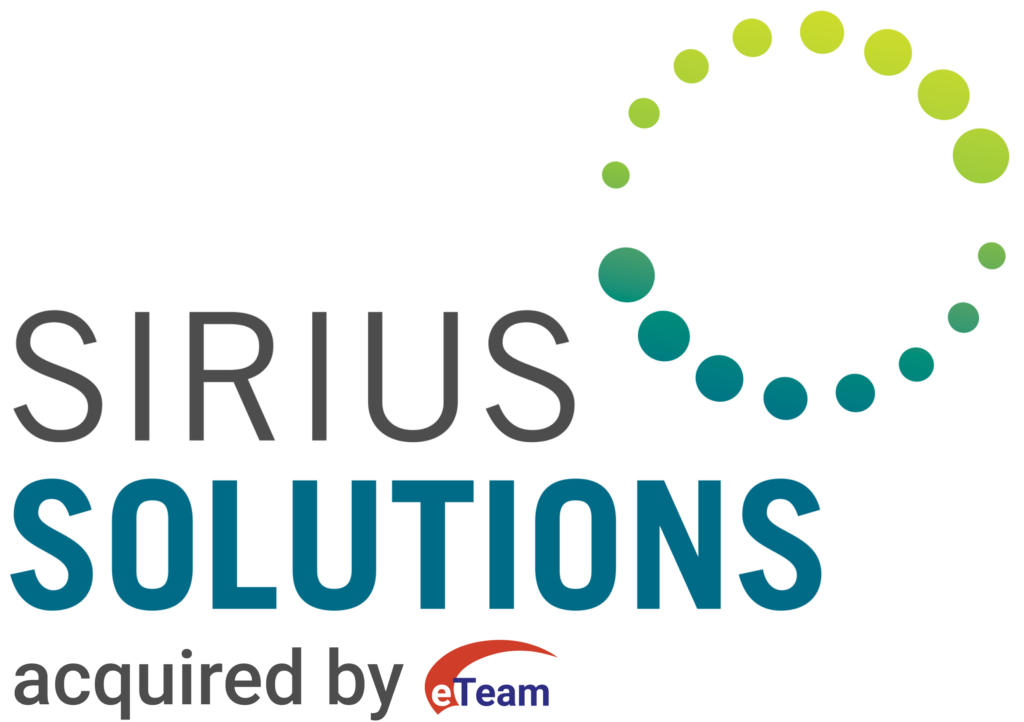The Fundamentals of Change Management

Change is a constant force shaping every organization. Whether prompted by technical breakthroughs, market changes, or internal innovations, successful organizations must be able to adapt and manage change. This article will examine the principles of change management, including its definition, different approaches, and why it is imperative during technological integration and system implementation.
Change management is an organized method for moving people, groups, and organizations from their current situation to a desired future state. It includes a methodical approach and execution of change processes, guaranteeing the effects on people, procedures, and technology are effectively controlled. Change management aims to improve an organization’s ability to proactively shape its internal dynamics and adapt to changes in its external environment.
Fundamentally, change management acknowledges that people play a crucial role in transformation’s success. It involves overcoming opposition, appreciating the human side of change, and encouraging the uptake of new procedures. Effective change management integrates training, support systems, and communication, helping people through the transition, minimizing interruptions and maximizing the chance of successful implementation.
Organizations can navigate complex change management processes with the help of proven methods. Each method provides a distinct viewpoint and addresses different aspects of organizational transformation. A few noteworthy techniques are shared here:
a. ADKAR Model: The ADKAR paradigm, created by Prosci, is centered around five essential components: Awareness, Desire, Knowledge, Ability, and Reinforcement. This model strongly emphasizes the value of addressing each person’s specific problems and ensuring they understand the need for change, desire the change, get the training they need, and receive ongoing support.
b. Kotter’s 8-Step Model: Created by John Kotter, this model consists of eight sequential steps, including creating a sense of urgency, forming a powerful guiding coalition, developing a vision and strategy, communicating the vision, empowering employees for action, generating short-term wins, consolidating gains and producing more change, and anchoring new approaches in the culture.
c. Lewin’s Change Management Model: The three phases of Kurt Lewin’s model are Unfreeze, Change, and Refreeze. The organization must be ready for change during the Unfreeze stage, initiate the intended changes during the Change stage, and then allow the changes to become incorporated into the organization’s culture during the Refreeze stage.
d. Prosci’s 3-Phase Process: Three stages constitute Prosci’s methodology: preparing for change, managing change, and reinforcing change. Throughout the entire transformation process, this strategy emphasizes employee participation and communication.
Organizations are frequently challenged to integrate new technologies seamlessly. Change management plays a pivotal role in ensuring the success of technology integration initiatives. Here’s why:
a. Process Optimization: Process optimization and technology integration frequently go hand in hand. Organizations must adapt to new technology while coordinating their current procedures with these advancements. Change management makes it easier to pinpoint areas that need improvement, makes process redesign easier, and guarantees that employees are prepared to handle these changes.
b. Generative AI and Organizational Transformation: The rise of Generative AI, cutting-edge technology capable of creating content and solving complex problems, introduces a new dimension to change management. Integrating Generative AI requires not only technical adjustments but also a cultural shift. Change management methodologies help organizations embrace the potential of Generative AI by fostering a mindset that values continuous learning and adaptation.
c. Employee Resistance and Skill Gaps: One of the most frequent problems with technology integration is resistance to change. Employees may need help upskilling or fear losing their jobs. These issues are addressed by change management, which establishes a welcoming atmosphere that promotes candid communication, offers chances for learning and growth, and makes sure employees feel important and engaged in the process.
d. Strategic Alignment: Successful technology integration is not just about implementing the latest tools; it’s about aligning technology initiatives with the organization’s overall strategic goals. Change management ensures that everyone in the organization understands the strategic rationale behind technological changes and is committed to achieving the desired outcomes.
e. Continuous Improvement Culture: Technology integration is a continuous process rather than a one-time process. Organizations that practice change management have a culture of continual improvement and aren’t scared to change and grow. This thinking is essential in an era of constant change, where innovation and a dedication to learning are necessary to stay ahead of the curve.
Sirius Solutions, a company led by deeply experienced executives and professionals, has successfully led change management for hundreds of technology integration client projects. To empower organizations by delivering efficient, profitable, and future-proof solutions, we combine industry expertise with proven methodologies driving real economic impact.
Our teams at Sirius Solutions are not just consultants but partners invested in our clients’ success. By forming teams tailored to specific business situations, we ensure our clients achieve their desired outcomes. Whether navigating the complexities of technology integration, optimizing processes, or fostering a culture of innovation, Sirius Solutions brings a wealth of experience and strategic guidance to the table.
In conclusion, change management is a fundamental aspect of organizational success, especially in the context of technology integration. Organizations can navigate change effectively, optimize processes, and foster a culture of continuous improvement by employing proven methodologies and addressing the unique challenges posed by technological advancements. Embracing change management ensures that technology integration becomes a catalyst for growth and innovation rather than a source of disruption and resistance.
